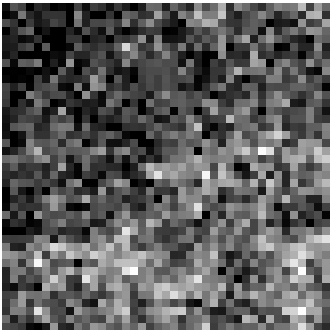
fits file
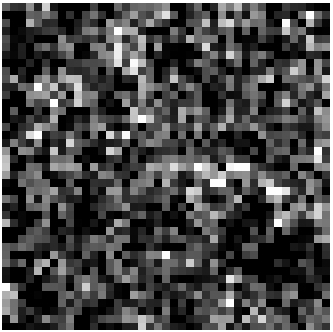
fits file
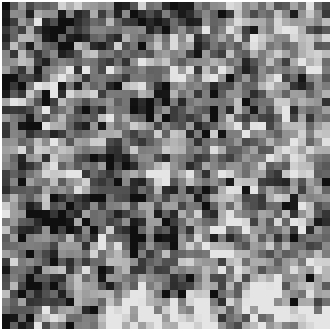
fits file

fits file
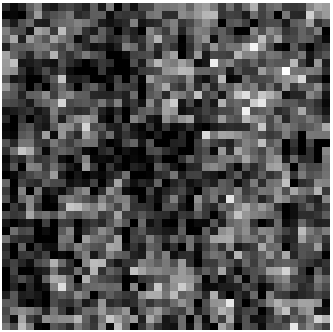
fits file
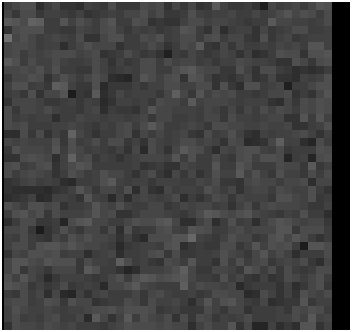
fits file
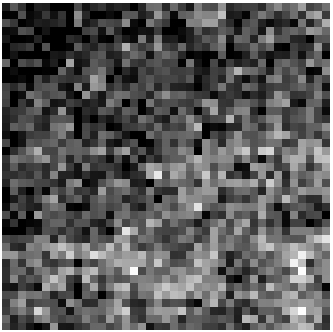
fits file
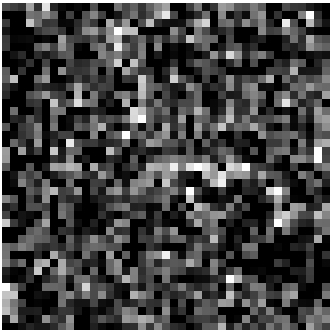
fits file
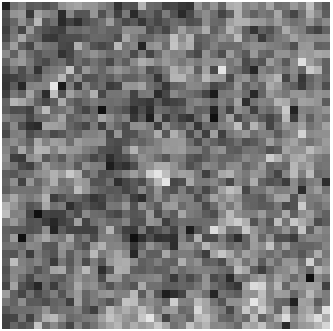
fits file
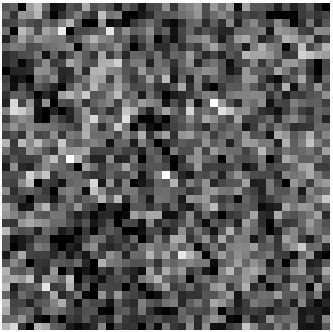
fits file
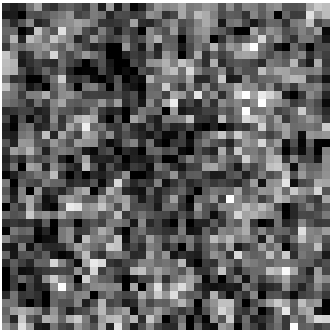
fits file
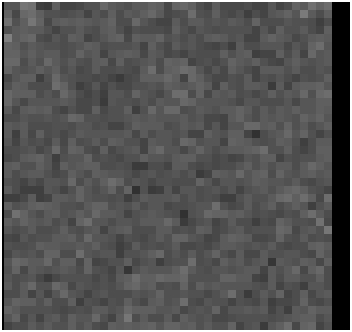
fits file
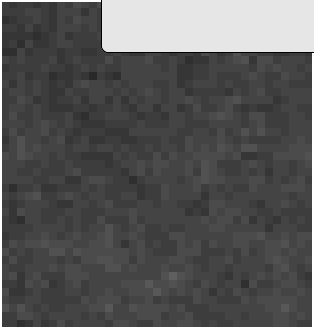
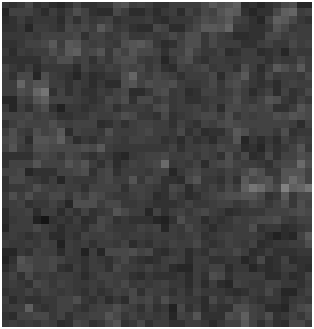
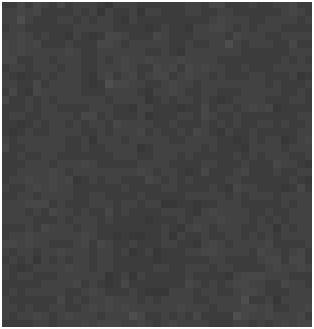
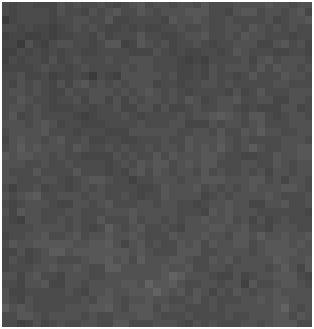

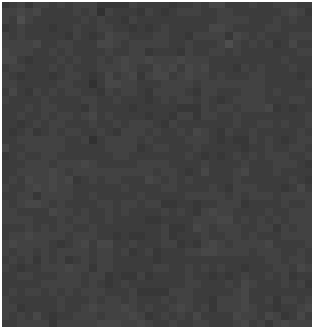
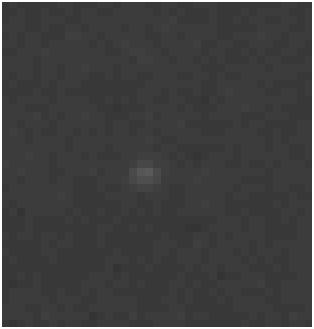
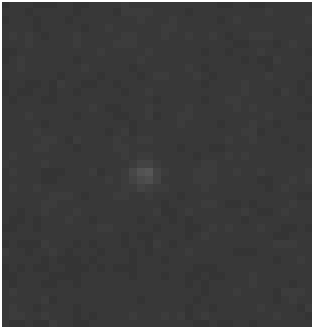
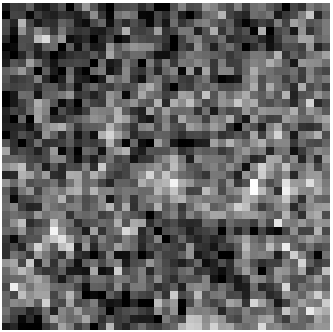
fits file
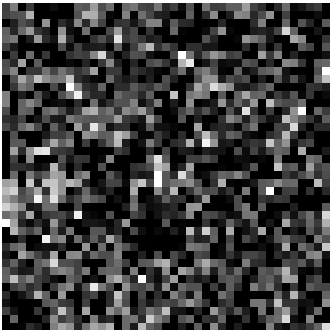
fits file
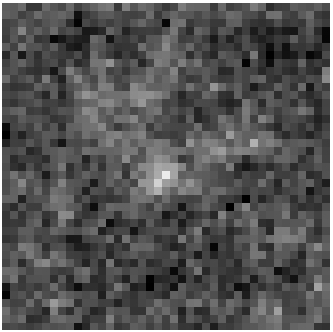
fits file

fits file
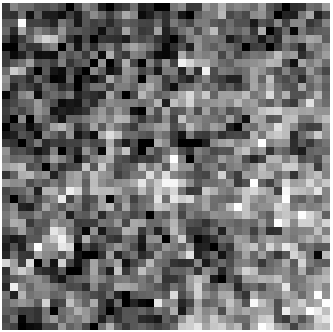
fits file
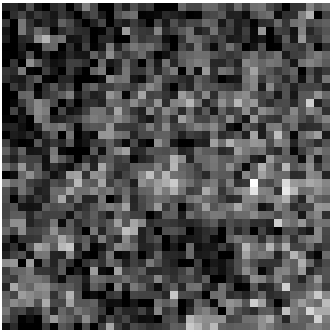
fits file
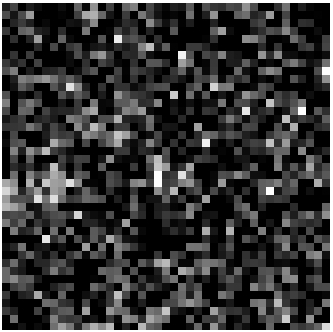
fits file

fits file

fits file
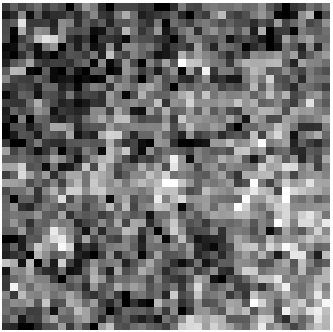
fits file
| Unmasked Real data: | ||
| 3.fits | 4.fits (only
20 pixels wide, see note) |
7.fits |
71 co-added fits file |
8 co-added fits file |
81 co-added fits file |
| Core.fits |
FCJ.fits |
LPC.fits |
97 co-added fits file |
37 co-added fits file |
~10 co-added fits file |
| Masked Real Data |
||
| 3m.fits | 4m.fits | 7m.fits |
71 co-added
(wonder why this is less than before?) fits file |
8 co-added fits file |
81 co-added fits file |
| Corem.fits | FCJm.fits | LPCm.fits |
97 co-added fits file |
37 co-added fits file |
~10 co-added fits file |
| Unmasked
Spectroscopically Confirmed PNe (from Feldmeier) |
||
| 3.fits | 4.fits | 7.fits |
45
co-added |
3
co-added |
32
co-added |
| Masked
Spectroscopically Confirmed PNe (from Feldmeier) |
||
| 3m.fits | 4m.fits | 7m.fits |
45
co-added |
3
co-added |
32
co-added |
| 7.fits
with Field 1's data only |
7m.fits with
Field 1's data only |
|
~70 co-added |
~70 co-added |
|
| Unmasked FAKE data | ||
| 3.fits |
4.fits |
7.fits |
1871 co-added fits file |
236 co-added fits file |
3759 co-added fits file |
| Core.fits |
FCJ.fits |
|
2654 co-added fits file |
1861 co-added fits file |
|
| Masked FAKE data | ||
| 3m.fits |
4m.fits |
7m.fits |
1871 co-added fits file |
236 co-added fits file |
3759 co-added fits file |
| Corem.fits |
FCJm.fits |
|
2654 co-added fits file |
1861 co-added fits file |
|
| 4.fits | 4m.fits |
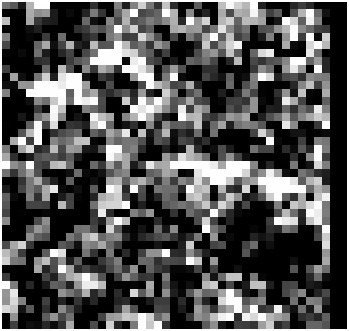 |
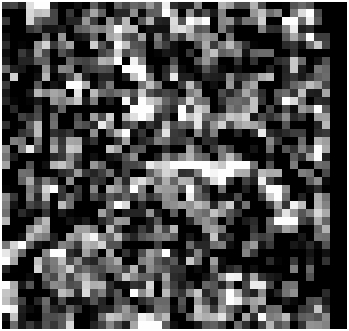 |
| 7.fits | 7m.fits |
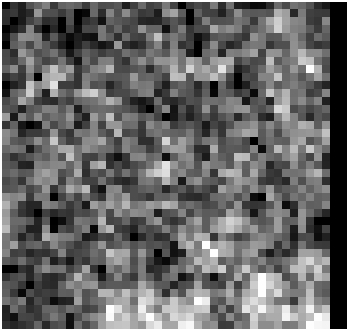 |
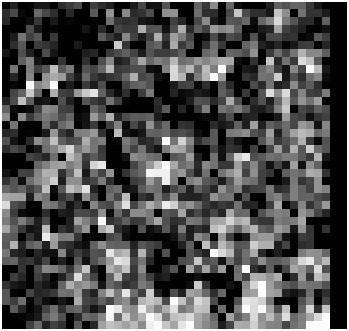 |
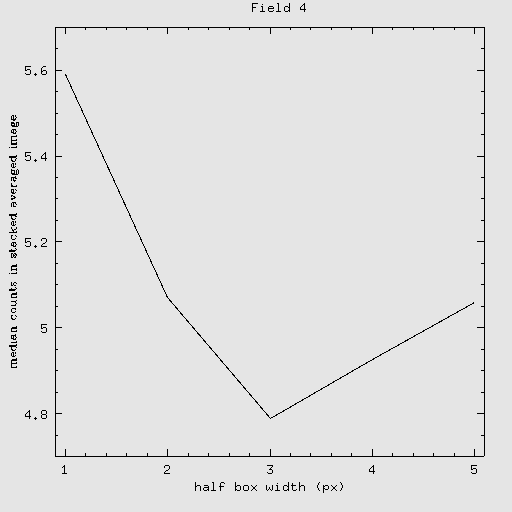 |
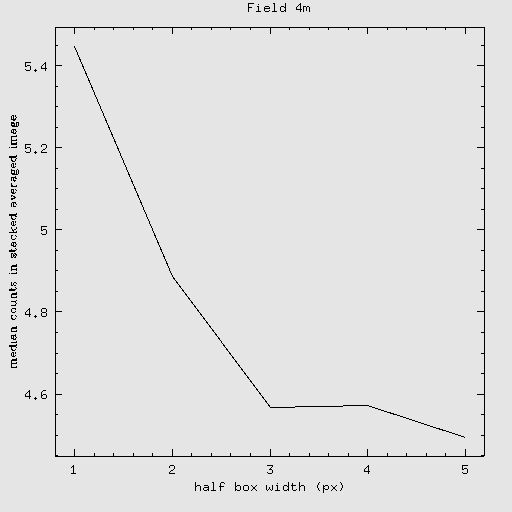 |
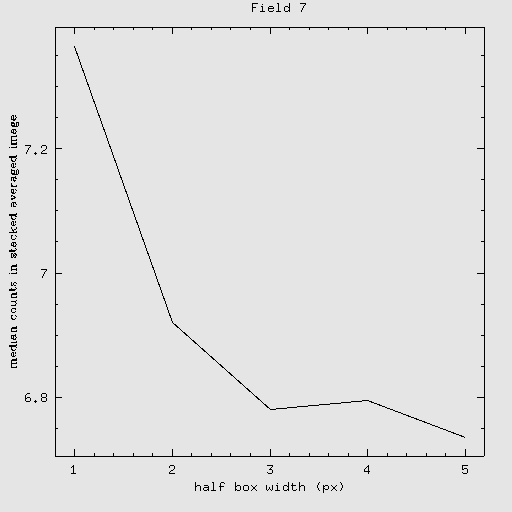 |
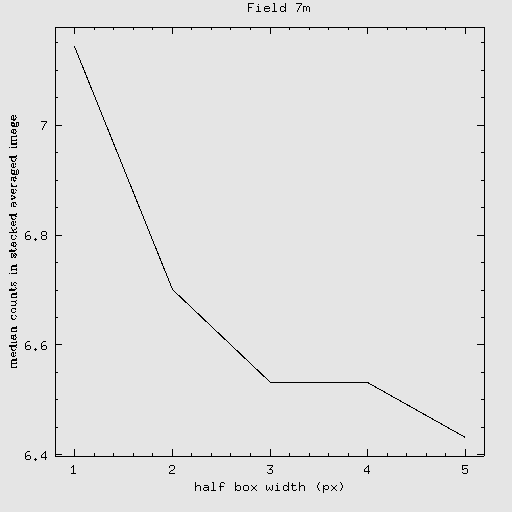 |
| Brights |
Faints |
| 4.fits 2 averaged 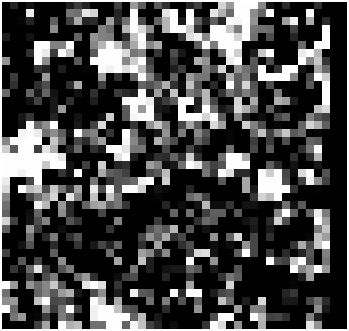 |
4.fits 2 averaged  |
| 4m.fits 4 averaged 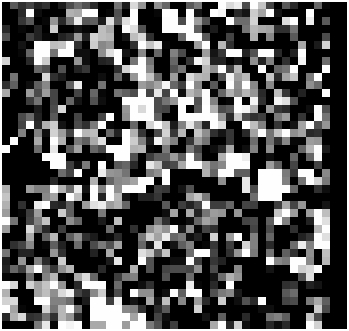 |
4m.fits 4 averaged 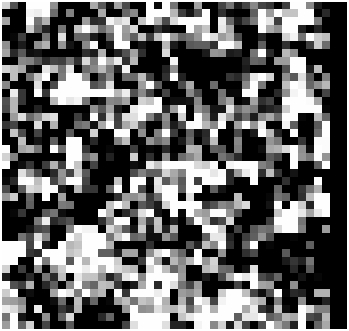 |
| 7.fits 28 averaged  |
7.fits 28 averaged 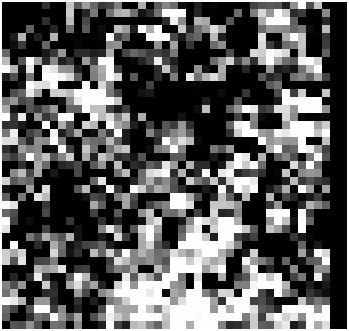 |
| 7m.fits 28 averaged 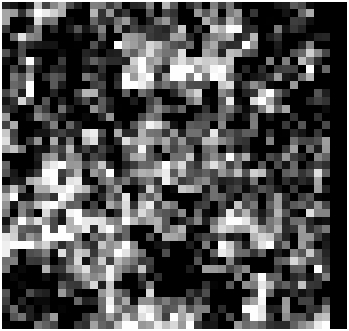 |
7m.fits 28 averaged  |
| Brights & Faints |
|
 |
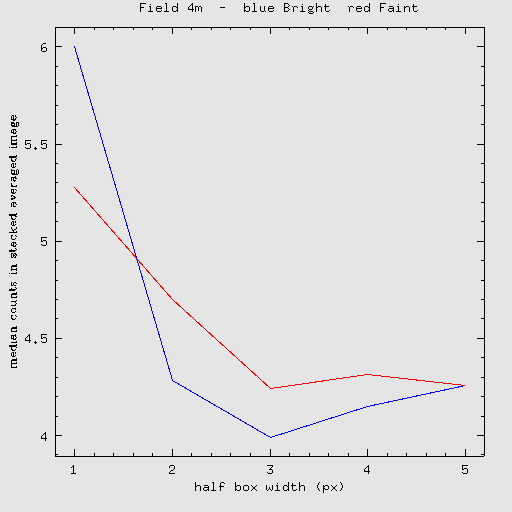 |
 |
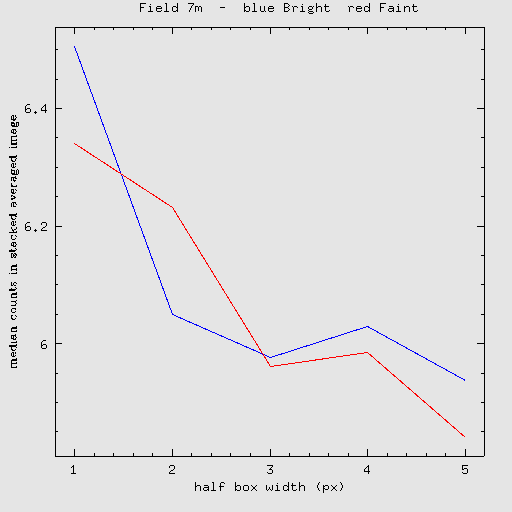 |